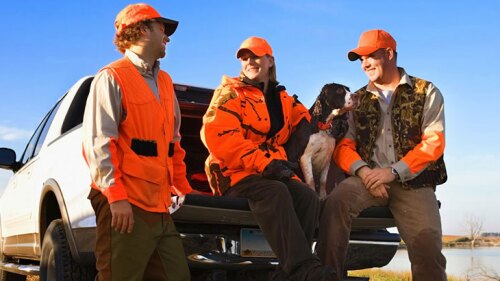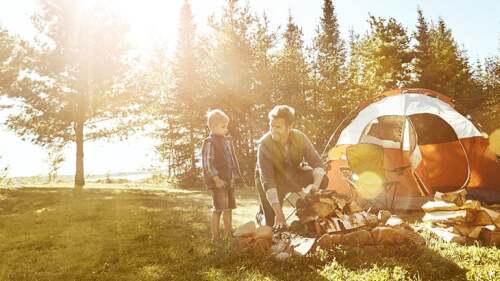Camps around the U.S. provide summers of fun and memories to thousands of youth. However, some youth and staff have less than fond memories because of incidents and/or accidents that have occurred. SECURA Risk Management has prepared the following weekly Tip Sheets to help regularly refresh summer staff’s commitment to safety. This information should be included with staff training and used as a weekly refresher of key practices in protecting youth, staff, and the organization from harm.
Program safety
- Staff control the action at all times — remember your role and set the example
- Plan for activities, review rules, and provide supervision
- Inspect activity area and equipment prior to each use and address any issues
- The best time to change an activity is when everyone is having fun
- Provide supervision, structure, and option limits for “free time”
Transporting youth
- Keep attendance and itinerary on file
- Carry emergency contact and medical information for campers on all trips
- Staff sit with campers in vehicles, and all use seat belts (when available)
- Review emergency plans and procedures prior to departing, and at destination
- Use head counts and buddy systems to keep track of campers
Hot days
- Apply sunscreen at the start of the day and regularly throughout the day
- Supply plenty of water to help keep everyone hydrated (up to 8-16 ounces per hour)
- Activity breaks will encourage everyone to hydrate and re-apply sunscreen
- Shaded locations should be available for staff and campers
- Watch for signs of heat illness including lack of sweat and hot, flush skin
Locker and bathrooms
- Staff should know everyone who is in the locker and bathrooms at all times
- Follow supervision procedures for locker and bathrooms
- No individual camper or staff member should be alone with youth in locker rooms or bathrooms
- Staff should supervise locker rooms in pairs
- Follow the “rule of 3” and report any incidents immediately
Aquatic safety
- Aquatic safety is everyone’s job — program staff should assist with supervision
- Lifeguards should be “rescue ready” at all times
- All youth should be swim tested and wear swim level identification
- Non-swimmers should be restricted to chest-deep water (or less)
- Safety breaks and buddy checks should be conducted at regular intervals
Bullying
- Staff should set the tone and culture of the camp program through example
- Staff must manage behavior and intervene with youth when necessary
- Everyone should know and follow ground rules and core values established by the program
- Staff should stay engaged with campers — active and engaged programs have seen fewer behavioral issues
Bugs, plants, and weather
- Staff should know campers’ allergies and health issues, as well as the proper care for each
- Follow proper precautions to prevent insect stings and bites
- Avoid off-trail activities and remember “leaves of three, let it be”
- When “thunder roars, go indoors”
- Know and follow your emergency plans
- Communicate any animal, insect, plant, or weather concerns immediately
Preventing trips and falls
- Campers and staff should wear appropriate footwear for each activity (often closed-toe shoes)
- Limit running to appropriate activities and spaces (sports, games, fields, etc.)
- Remove spills and wet areas from floors and halls as soon as possible
- Provide proper lighting for steps, stairs, and hallways
- Ensure floors, paths, stairs, and railings are well maintained
Child abuse prevention
- Follow the “rule of 3” at all times
- Provide supervision for campers
- Avoid private one-on-one contact between campers and campers with staff
- Listen to youth, watch how they behave, and report concerns immediately
- Limit out-of-program contact between staff and campers, including online interactions
Emergencies
- Know your emergency plans
- Remain calm and communicate when an emergency arises
- Maintain camper groups and provide supervision
- Know special health issues and allergies of all campers
- Conduct emergency drills regularly
- Review plans at start of any trip






